Cystitis in cats:
the causes and treatments
Can cats really get Cystitis? How do we spot the signs? Is it easy to treat? Dr Sarah-Jane Molier tackles the FAQs…
What is Cystitis?
The word ‘Cystitis’ simply means inflammation of the bladder. Inflammation is part of the body’s defence mechanism against harm, such as trauma, bacteria and viruses. For this reason, Cystitis itself is not a diagnosis, and can have many possible causes.
In cats, FLUTD (Feline Lower Urinary Tract Disease) is used as an umbrella term for conditions affecting the bladder or urethra (the tube that passes urine out of the body from the bladder).
What are the signs of Cystitis in cats?
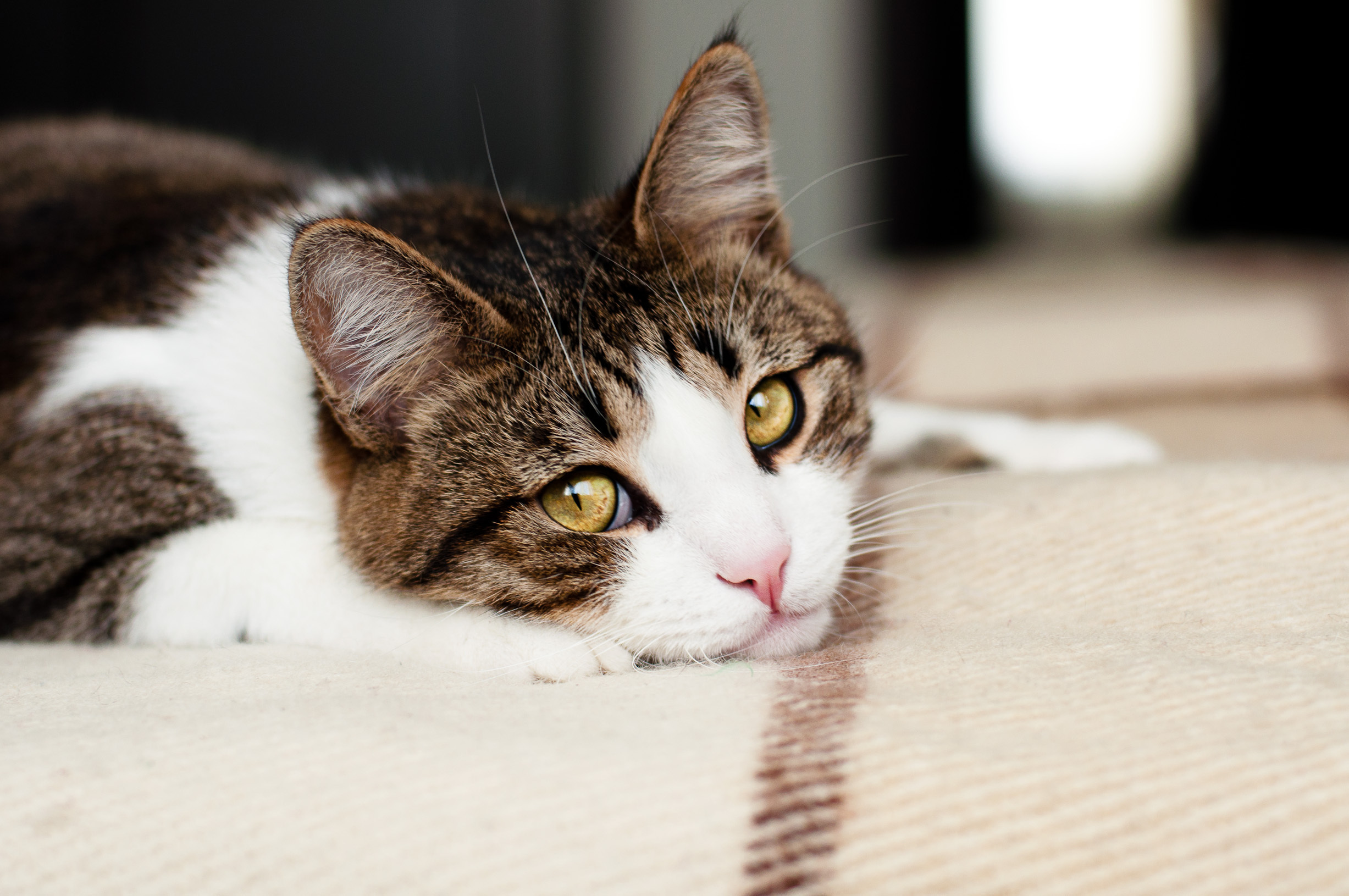
All of the conditions within FLUTD have very similar symptoms, meaning it can be hard as an owner to tell what’s going on. The main symptoms of Cystitis in cats are:
- Difficulty passing urine. The medical term for this is dysuria. You may notice your cat straining, or crying out in pain while urinating. This can easily be confused for constipation (straining to pass faeces). So if you see your cat straining and you’re not sure, always seek advice from your vet.
If your cat is straining but not passing any urine, this is an emergency, and may mean your cat has a blocked bladder. A blocked bladder happens when something is stopping the urine from passing out of the body, causing the bladder to become more and more full. This is more common in male cats.
- Trying to pass urine more often.
- Passing blood-tinged urine. Sometimes the urine may contain little blood clots.
- Urinating in inappropriate places inside the house, but outside of the litter box. The sink or bath are common examples. This is termed ‘periuria’.
- Changes in behaviour. Your cat may hide, show unusual aggression or sleep more than usual.
- Over-grooming. Your cat may start to lick around their back-end, trying to soothe the discomfort. In severe cases, this can even cause hair loss.
What are the causes?
There are many conditions that can cause inflammation of the bladder in cats. These are the most common causes…
Bacterial infection
Bacterial infections of the bladder, also known as water infections, are more common in older cats, or cats with underlying medical conditions. For example, cats with Diabetes are prone, since they can have lots of glucose (sugar) in their urine, which bacteria love.
Feline Idiopathic Cystitis (FIC)
Around 65% of cats with FLUTD have Feline Idiopathic Cystitis. ‘Idiopathic’ means that the exact cause has not been discovered yet. However, it is clear that there are some common underlying factors:
- It’s well known that stress plays a key role in FIC. Cats with FIC may also have an abnormal response to stress, which explains why not all cats experience FIC when stressed.
- An abnormal bladder-wall. A healthy bladder wall is lined with mucus, which is made up of Glycosaminoglycans (GAGs). Cats with FIC may have defects in this protective layer of mucous.
- Urethral spasm, which is thought to happen due to pain and inflammation. The muscles of the urethra tighten, causing the urethra to become narrower.
Since there is no specific test for FIC, it can only be diagnosed once all the other possible causes of FLUTD have been ruled out.
Bladder stones (Urolithiasis)

Bladder stones will irritate the lining of the bladder, causing inflammation. If they pass into the urethra they can cause a blockage, which is an emergency. Bladder stones are formed when naturally occurring minerals crystallise in the urine. This can happen when the minerals are present in higher than normal concentrations, when the pH (the acidity) of the urine is abnormal, or when the urine is too concentrated because the cat’s water intake is inadequate.
Urethral plugs
Urethral plugs can also block the urethra in male cats. These are deposits of mucous, debris and mineral crystals, which form a ‘plug’ blocking the urethra. These can stop the bladder from emptying, much like a plug prevents a bath from draining.
Cancer (Neoplasia)
Luckily, Cancer of the bladder or urethra is fairly uncommon in cats, but can cause FLUTD symptoms when it occurs.
Treatment for Cystitis in cats
The treatment for FLUTD will partly depend on the cause. Bacterial Cystitis will usually need a course of antibiotics. In the case of bladder stones, urethral stones or urethral plugs, your cat would usually need surgery to remove them. Unfortunately, there is no cure for the Cancer that tends to occur in the bladder of cats. Surgery is sometimes an option, otherwise treatment is usually designed to minimise pain and keep the patient comfortable.
There are some treatments and home remedies recommended for all FLUTD cases. These can also help to prevent, or reduce, the recurrence of FLUTD, and are outlined below…
Pain relief
Cystitis is a painful condition, regardless of the cause, so anti-inflammatory pain relief is usually given.
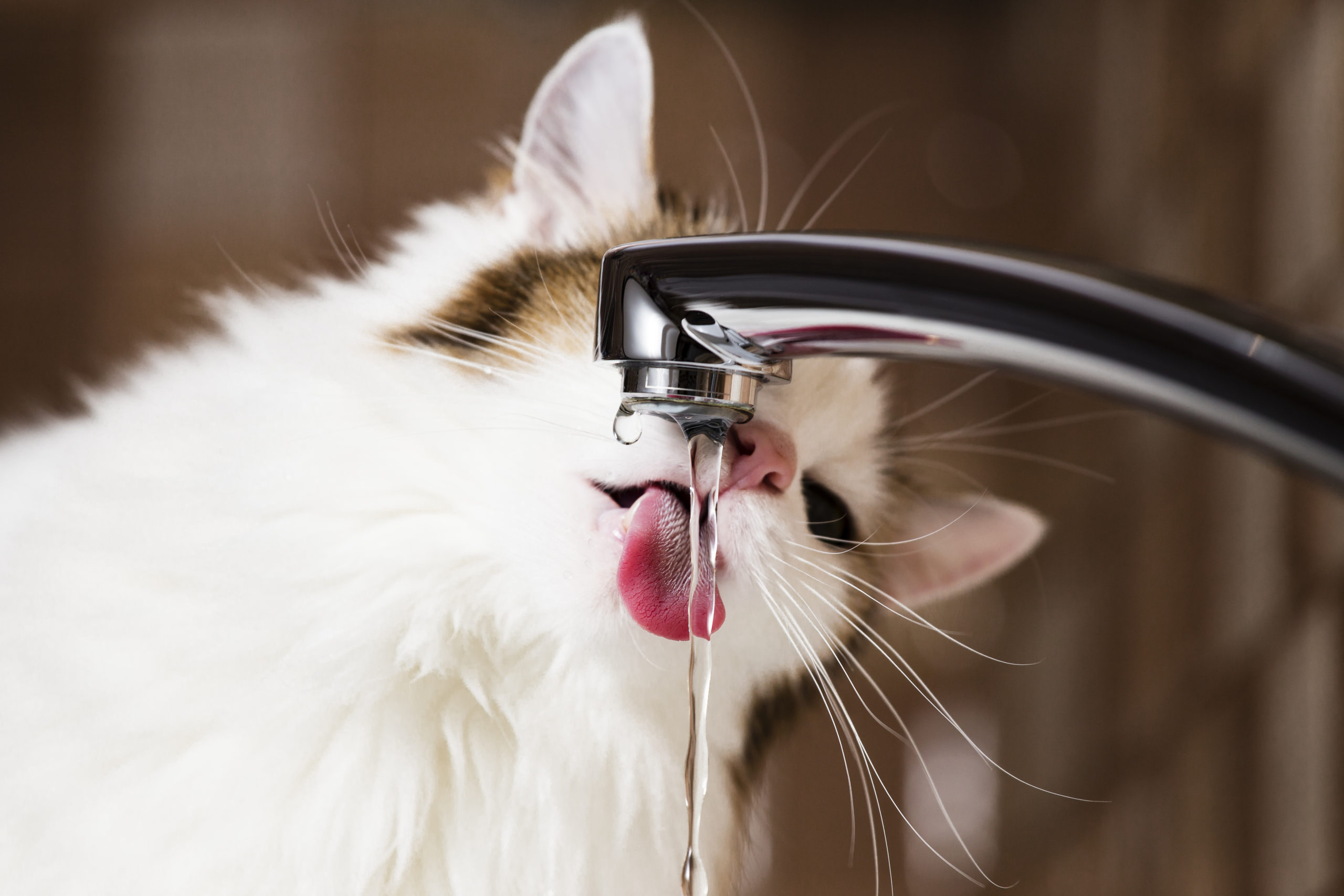
Increasing water intake
Cats are notoriously bad at drinking enough water! There are a few things you can do at home, to help increase their fluid intake:
- Feeding wet food (tins or sachets), or adding warm water to dry food are great ways to increase their fluids.
- Keep your cat’s water bowl a good distance away from their food. Cats don’t like to eat and drink in the same place! This dates back to their wild ancestors, who wouldn’t drink from a watering hole that could be contaminated by the carcass of their prey.
- Cats like fresh running water, so using a cat water fountain can encourage them to drink more.
- Chose a wide-based water dish. Cats prefer these, so that their whiskers don’t touch the sides of the bowl.
Weight reduction
Overweight and obese cats are more prone to FLUTD, so encouraging weight loss through diet and exercise is really important. Many vet practices offer nurse weight clinics to help get you on track, much like a Weight Watchers for cats!
Diet
There are special veterinary diets available, which can reduce the recurrence of FLUTD in the short term. They’re formulated to keep the pH of the urine healthy, to dilute the urine, to dissolve bladder stones or crystals in the urine, and some contain polyunsaturated fatty acids, which may help to reduce inflammation. These diets are not suitable for all cats, so should only be used under veterinary guidance. They are also not suitable for long-term use.
Medication
In some cases, medication can be used to relax the urethra and prevent spasms. Certain anti-depressant drugs can also be effective in some cases.
Urinary supplements
You can buy supplements to support bladder health, for use under the guidance of your vet. These usually contain combinations of Omega 3 fatty acids (to aid the body’s own anti-inflammatory mechanisms), L tryptophan supplements (to combat stress to combat stress and increase serotonin levels), and what are known as GAG replacements and N-Acetyl D-glucosamine (to repair the lining of the bladder wall and provide pain relief).
Stress reduction
This can be achieved through both medication and changes to the cat’s environment. This is explained in more detail here.
Conclusion
Cystitis is a painful and sadly common condition in cats. Idiopathic Cystitis is the most common form of FLUTD in younger and middle-aged cats. It can be challenging to diagnose, since all other possible causes have to be ruled out first.
Some cats with FLUTD will be prone to Cystitis for life, so home management plays a key role in helping to reduce recurrence. Home management includes ensuring adequate water intake, maintaining a healthy weight, diet, reducing stress in the environment, and providing urinary supplements.


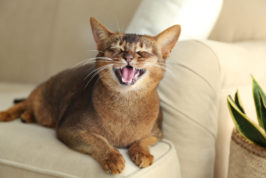
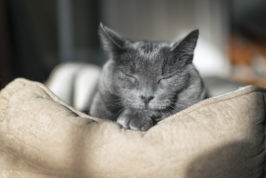
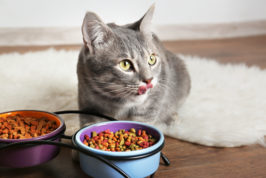
Hey very interesting blog!
Glad you enjoyed it!